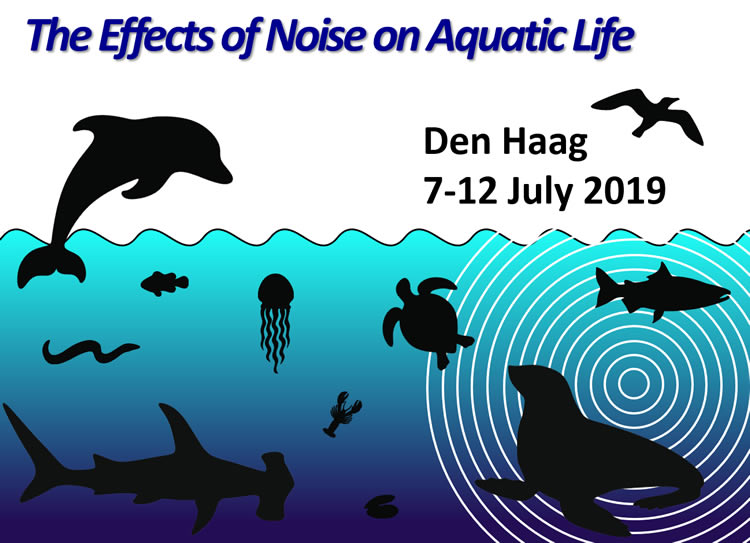
Comments: download file (poster)
Ref.: Conf. on the Effects of Aquatic Noise, Den Haag (The Netherlands), July 2019.
Abstract:
The Island of Cabo Frio is at the tip of the Cabo Frio cape, a landmark of the Brazilian coast situated 23
degrees south, between the tropical ocean and the southern temperate region. This cape is subject to, often
strong, NE winds developing a significant upwelling phenomenon on its southward. Between the island
and the mainland there is bay relatively protected from the southern ocean by a rocky shore that has only
a narrow entrance, through which extremely cold water enters when upwelling occurs. For more than one
year continuous sound recording has been performed near the rock shore (Xavier et al., 2018). From
January 14 to 18, 2019, an experiment named BIOCOM19, involving acoustic transmissions across the
bay was carried out. Together with other instrumentation an acoustic vector sensor was also installed near
the shore with the objective of recording particle velocity. It is now well known that a large number of
organisms are sensitive to particle motion, which differentiates itself from sound pressure, specially near
acoustically hard surfaces or at close distance from acoustic sources. The recorder itself is based on a dual
tri-axial accelerometer combined with an hydrophone (Mantouka et al., 2017) and was primarily
developed for seismic imaging from on board autonomous vehicles (Santos et al., 2017 and Felisberto et
al., 2019). During BIOCOM19 the recorder was attached to a rectangular pod positioned at about 8 m
from the rock wall and at 7m depth. The recorded data covers two full days and includes additional
acoustic data along the water column and other environmental information such as temperature profiles
both at the receiver site and along the transmission path across the bay. The data processed so far shows
that together with sound pressure particle velocity is clearly sensitive to the biological signature
identifiable in the area. A daily pattern can be observed between 1.5 and 5 kHz, during the periods
without acoustic transmissions, as coming from the rocky wall. Particle motion is extremely difficult to
interpret but seems to show a similar pattern, at least for the accelerometer that is placed towards the
shore. This study supports the development of tools to identify and classify several bioacoustic signatures
from benthic community.